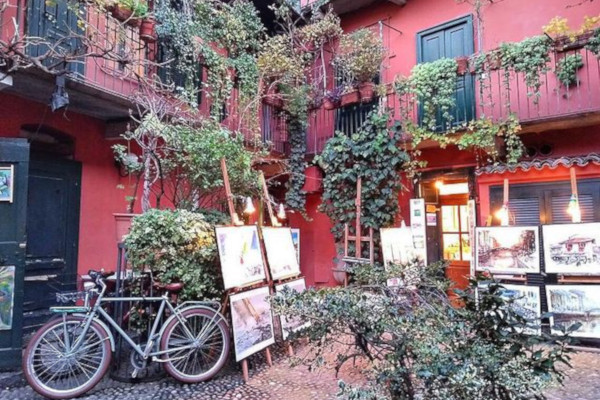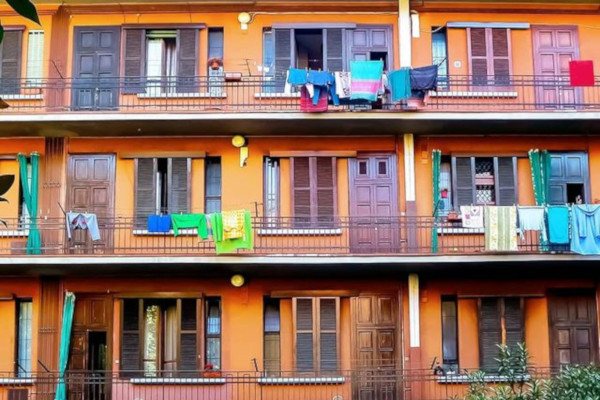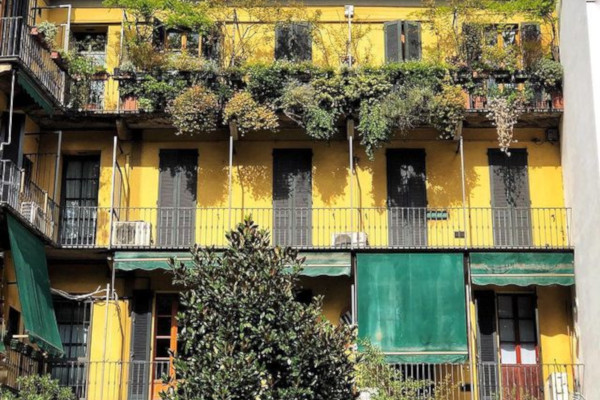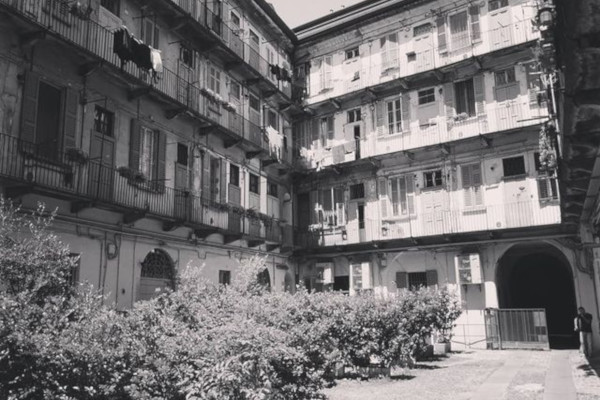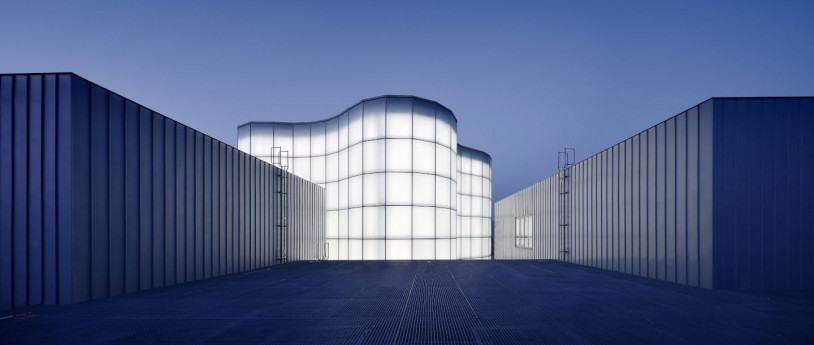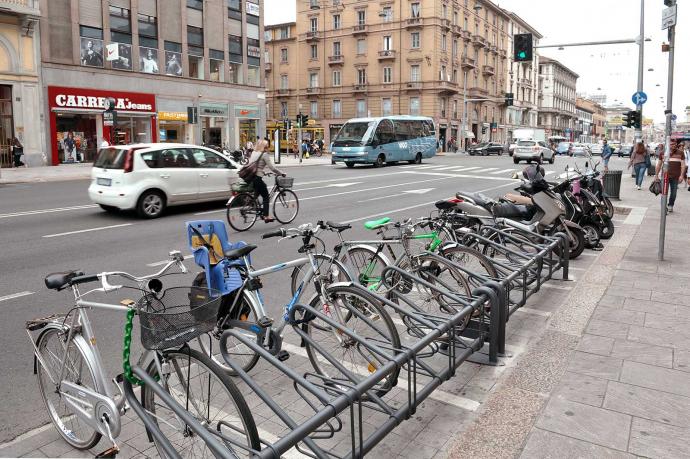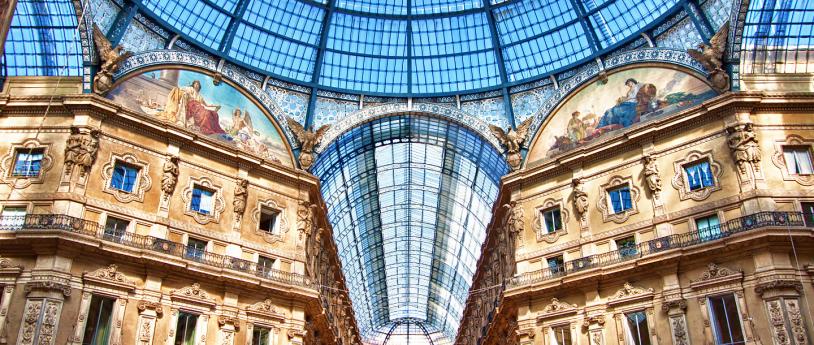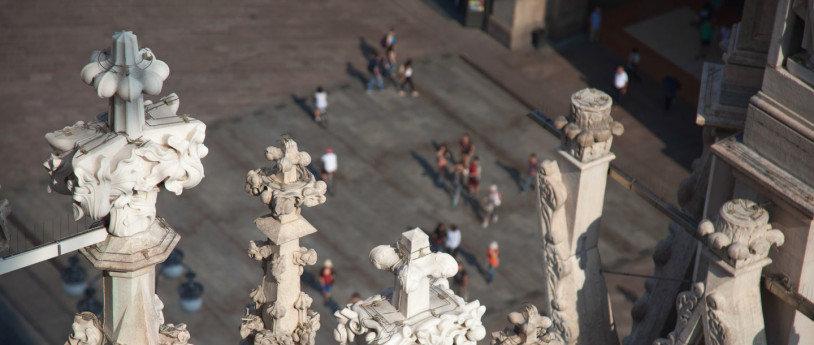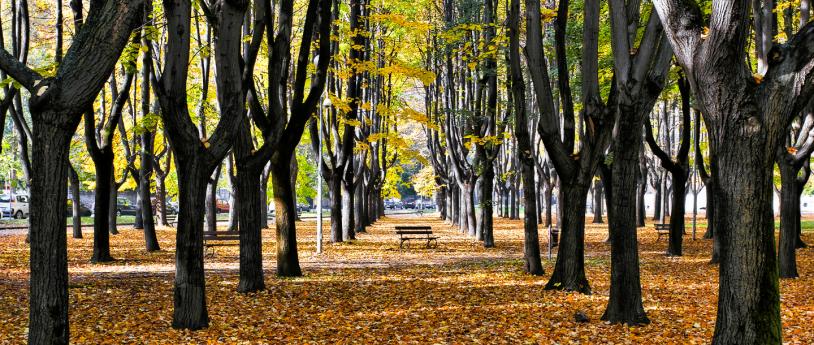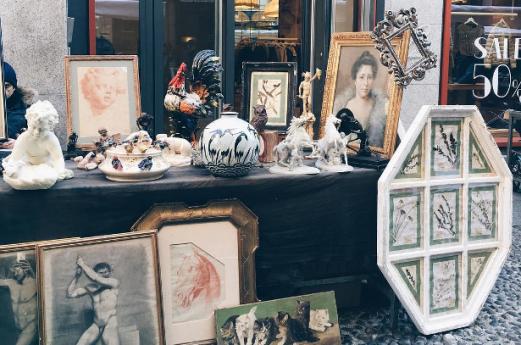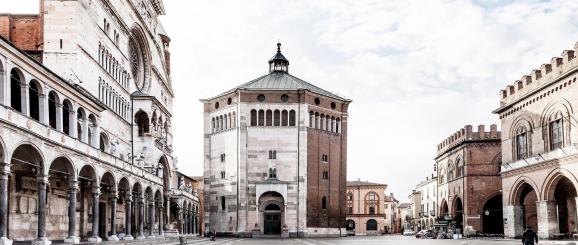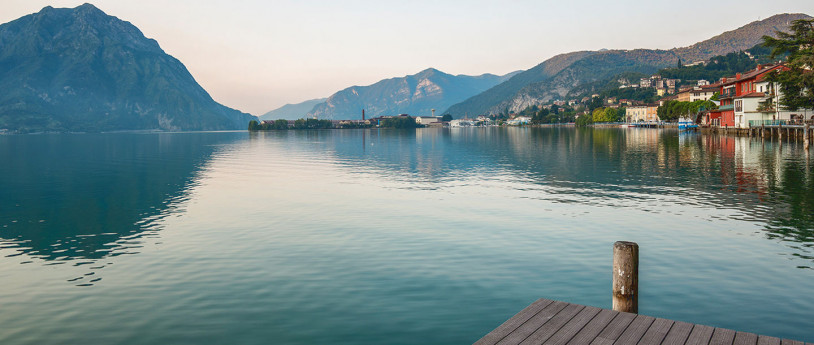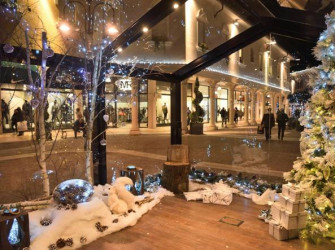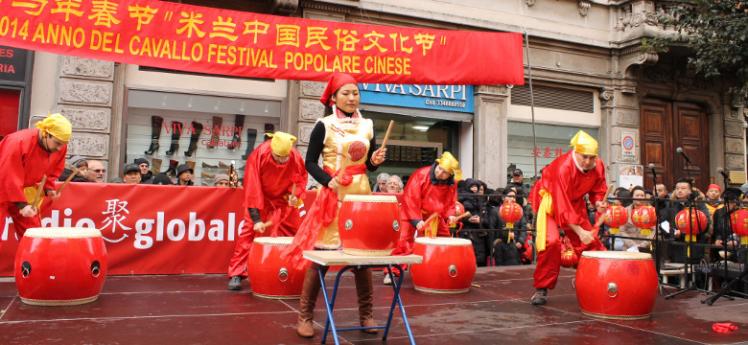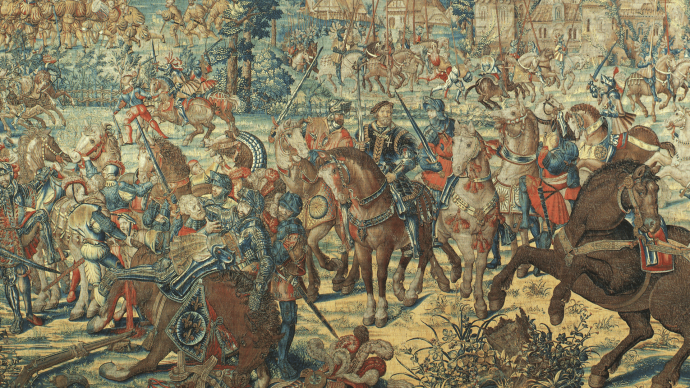- Lifestyle
- Art & Culture
The Milan of the balconies
The railing houses, a Milan a bit retro but not out of fashion
The Milan of yesteryear and the contrasts between the modern and the past. To fall in love with Milan one has to know it a little bit in all its aspects, and one of the characteristics of this city is the presence, even today, of the railing houses.
Walking around, it can happen very well, to enter some open gates and be fascinated by the courtyards of the past with the railing houses. We find them especially in the Navigli area of Milan where many painters have their studios.
The railing house represents a somewhat retro but not out of fashion Milan. This type of house was widespread in theearly 1900s to house the working class and they tell of a lifestyle of sharing with neighbors that was once much more widespread than today.
So, railing houses were simply working-class residences for ordinary working people. Today in Milan there are still about 70,000 of them, in areas such as Brera or on the Navigli. Mostly these houses have been renovated internally but have preserved the original exterior.
One of the most fascinating neighborhoods to get to know the reality of the railing houses is the Navigli area, particularly the Corso San Gottardo area, where the more glamorous versions coexist with homes that are more faithful to the railing houses of the past. Predominantly yellow or red in color, usually consisting of three to a maximum of six floors, they are distinguished by certain peculiarities. The main feature of this type of house is the common gallery that runs through the entire building and onto which the entrance doors of individual houses face.
It was not easy to live in a railing house in the past because it lacked certain comforts taken for granted nowadays such as a shared bathroom for everyone and often there was not even running water and a place for socializing, in addition to the gallery, became the large common courtyard.
Today's railing houses have retained their characteristic cobblestone walkways and courtyards, but they are not the spartan, rustic dwellings of yesteryear: apartments are now equipped with private bathrooms, elevators (some) and the most modern conveniences. Fortunately, however, the spirit that animated these places has not died out.
When you walk around Milan and see an open doorway, especially on the Navigli, look inside and savor a bit of the spirit of a traditional Milan rich in history and traditions that are still alive.
In particular, we recommend a tour of San Gottardo: spectacular courtyard-street number 14 and on the towpath Naviglio Grande where in the magnificent courtyard of the artists' workshops, Alzaia Naviglio Grande 4, photos and paintings of the railing houses await you.
